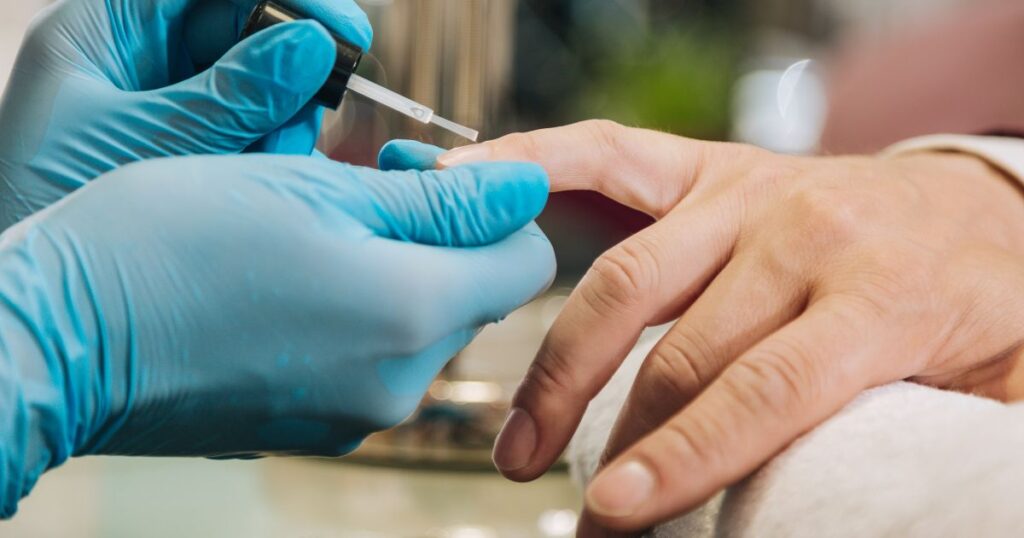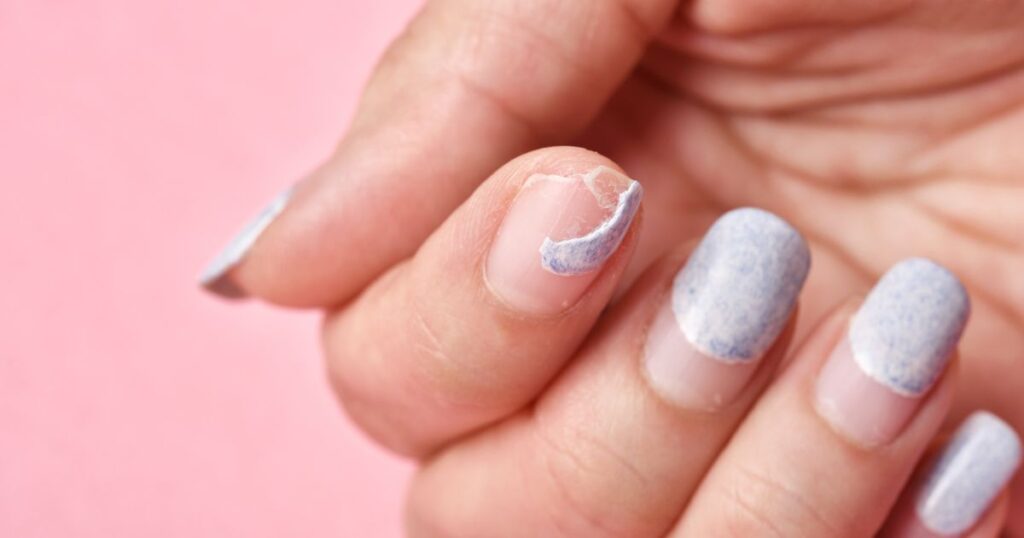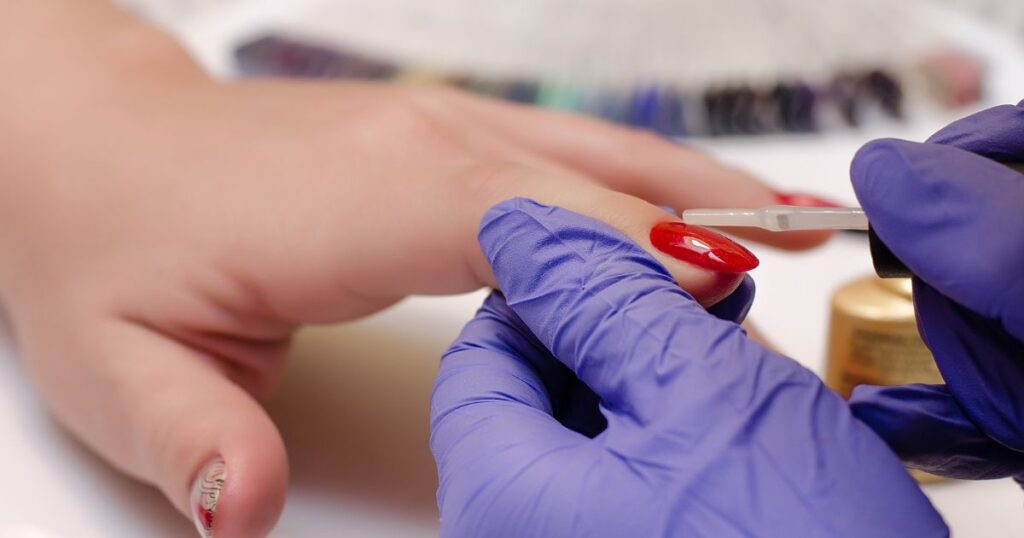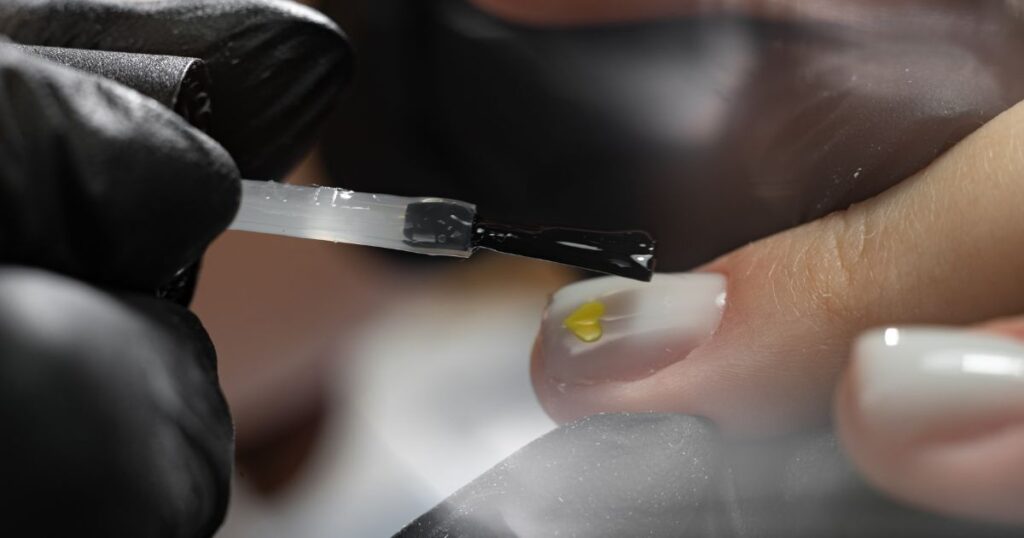For those seeking a flawless, long-lasting manicure, the question of whether top coat can be used as a substitute for base coat often arises. While both products are essential for a beautiful nail finish, they serve distinct roles and cannot be interchanged without compromising the quality and longevity of your manicure.
Understanding the Differences: Base Coat vs. Top Coat

Base Coat:
- Function: Creates a smooth, adhesive surface for nail polish to adhere to, preventing chipping and staining.
- Ingredients: Contains resins and plasticizers that promote strong bonding and flexibility.
- Appearance: Typically clear or slightly opaque.
- Impact on manicure: Enhances durability and prevents staining.
Top Coat:
- Function: Seals and protects the nail polish, adding a glossy finish and increasing chip resistance.
- Ingredients: Contains film formers that create a hard, protective layer.
- Appearance: Clear and glossy.
- Impact on manicure: Enhances shine and protects the nail polish from damage.
Can You Use Top Coat as Base Coat?

While technically possible, using top coat as a base coat is not recommended for several reasons:
Reduced Adhesion: Top coats are not designed to adhere directly to the nail plate. Their primary function is to bond with the nail polish itself. Using top coat as a base will result in a weaker bond, increasing the likelihood of chipping and peeling.
Lack of Protection: Base coats provide a barrier between your nails and the pigmented nail polish, preventing staining. Applying top coat directly to your nails will leave them vulnerable to discoloration.
No Glossy Finish: The glossy finish associated with top coats is achieved through specific ingredients that are not present in sufficient quantities in base coats. Using top coat as a base will result in a duller finish.
Reduced Durability: Top coats are formulated to be flexible and wear-resistant. Base coats, however, require a different formulation to provide a strong foundation for the nail polish. Using top coat as a base will compromise its durability, leading to a less long-lasting manicure.
Should You Use a Two-in-One Base and Top Coat?

While some brands offer products that claim to function as both a base and top coat, these often fall short of delivering the performance of dedicated products. They may not adhere as well or offer the same level of protection, resulting in a less than ideal manicure.
Read Also:
FAQs:
What happens if I accidentally use top coat as a base coat?
While not ideal, a single application is unlikely to cause significant damage. However, it may result in less chip resistance and a duller finish. For future manicures, ensure you use the correct products.
Can I skip using a base coat altogether?
While technically possible, skipping the base coat will significantly reduce your manicure’s durability. It can also leave your nails vulnerable to staining.
How long should I wait between applying base coat and top coat?
Allow the base coat to dry completely before applying the top coat. This usually takes around 2-3 minutes.
What are some good base and top coat brands?
Popular and reputable brands for base and top coats include OPI, Essie, Sally Hansen, and Orly.
Can I use a gel top coat on regular nail polish?
While some gel top coats are designed to be used with regular nail polish, it’s important to check the product label for specific instructions. Using a gel top coat on regular nail polish may not cure properly and lead to smudging.
By understanding the essential differences between base coat and top coat and following proper application techniques, you can achieve a stunning and long-lasting manicure every time.
The Bottom Line: Always Use the Correct Product
For a flawless and long-lasting manicure, always use a dedicated base coat and top coat. This ensures your nail polish adheres properly, remains protected, and boasts a beautiful shine.

